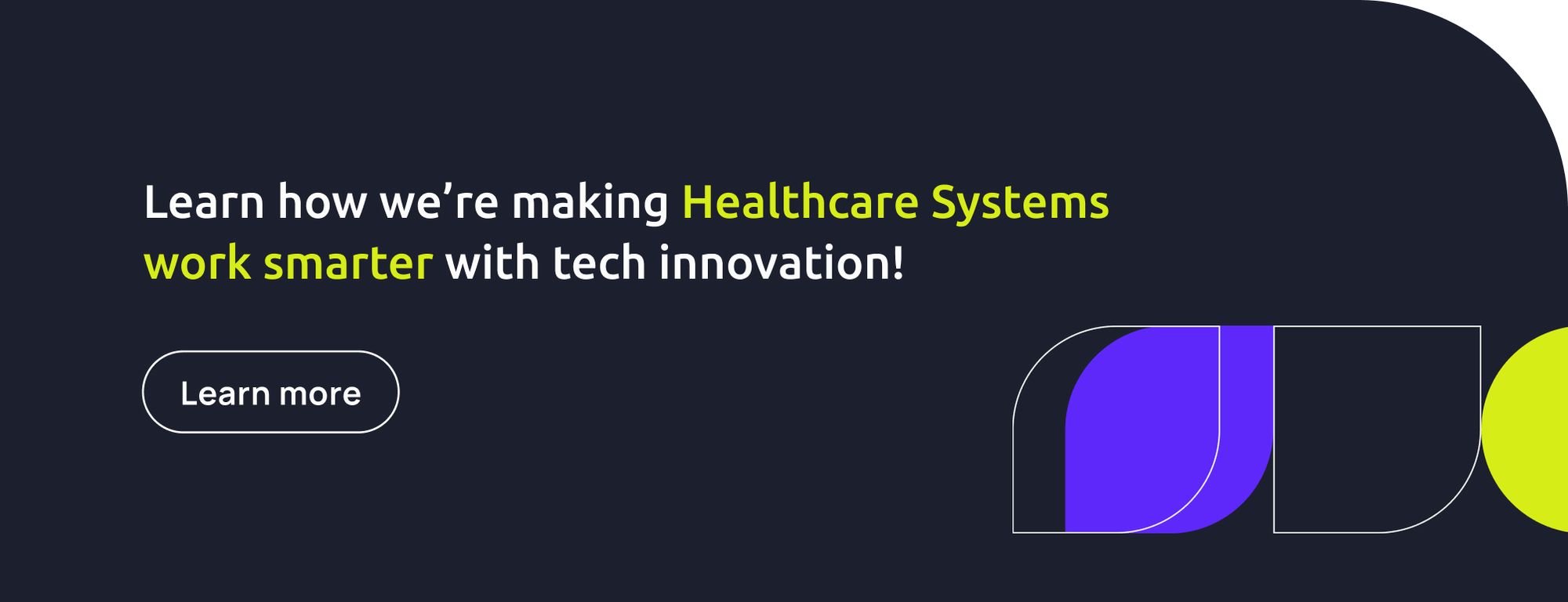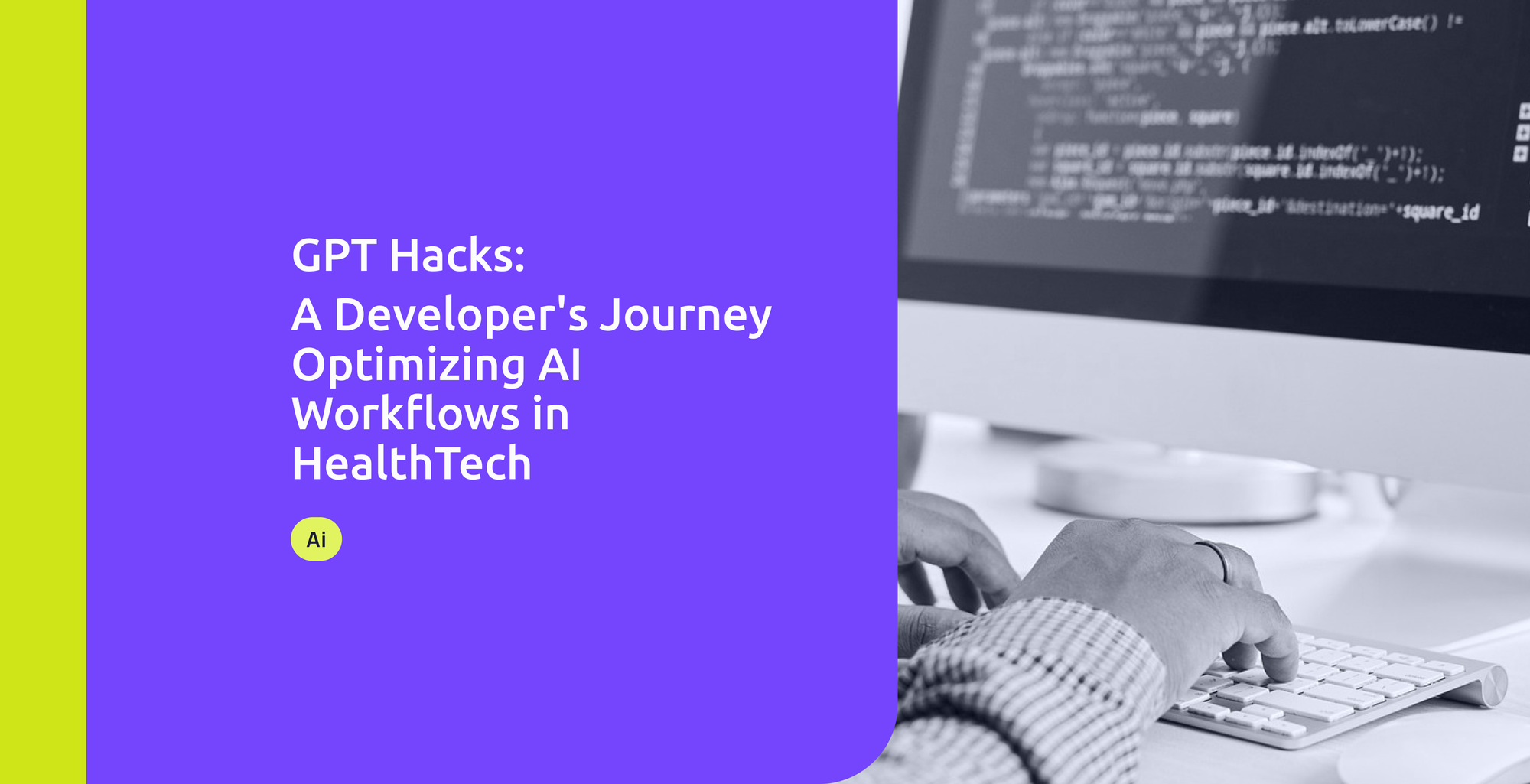Where Efficiency Meets Elegance in the Art of AI Collaboration
Picture the scene: A developer staring at ChatGPT, watching the cursor blink, knowing there must be a better way than the endless prompt-revise cycle we've all come to accept. After months of methodically dissecting AI interactions (and perhaps too many espressos), I've uncovered patterns that transform this dialogue from a high-APM button-mashing exercise into something approaching computational elegance.
The Efficiency Imperative
Modern development isn't about how fast you can type - it's about how much you can accomplish with each keystroke. Think of it as the Free Energy Principle of coding: systems (and developers) naturally evolve toward states that minimize unnecessary effort while maximizing useful work.
Traditional Path (The APM Trap):
Input → Revise → Clarify → Iterate → Debug → Repeat
[Cognitive Cost: High]
[Coffee Temperature: Decreasing]
[Satisfaction: Minimal]
Optimized Path (The Efficiency Curve):
Strategic Input → Comprehensive Output → Minimal Refinement
[Cognitive Cost: Optimized]
[Coffee Temperature: Maintained]
[Satisfaction: Peaked]
Core Optimization Techniques
1. The Context Shakedown
Make the AI Work for Details
Old Way:
You: "Write tests for user creation flow"
AI: Generic tests → 3 revisions → Missed edge cases → Coffee break ruined
Optimized Way:
"Before writing tests, demand:
1. `UserController.java` (Show me your routes!)
2. `UserServiceClient.java` (Let's mock those failures)
3. `UserServiceImpl.java` (Business logic or bust)
No code? Then list assumptions and cry about missing coverage."
Real Output:
🟢 Can test happy path with dummy data
🟡 Assuming password complexity rules (might be wrong)
🔴 BLOCKER: Where's the rate limiting? HIPAA will eat us alive!
2. The Confidence Gambit
Make It Show Its Cards
Force AI to admit uncertainty like a nervous intern:
"Rate your confidence (1-100%) and:
✅ Known Knowns: "We definitely need OAuth here"
❓Known Unknowns: "Is this Class II or III medical device?"
💀 Unknown Unknowns: "Could GDPR apply if patient is EU tourist?"
HealthTech Example:
85% confident on normal ECG detection
40% on arrhythmia handling - needs cardiologist review
0% on koala patient compatibility (not our target demo)
3. Multi-threaded Documentation
One Prompt to Rule Them All
"Generate parallel documentation streams:
1. Technical Specification (For the machines)
2. Implementation Guide (For the humans)
3. Compliance Overview (For the auditors)
4. User Documentation (For the rest of us)
Priority: Maintain cross-stream consistency
Constraint: Single source of truth
Output: Unified documentation bundle"
4. The Murphy's Law Test Generator
Because Reality Has No Respect for Your Happy Path
"Break this blood pressure monitor feature like:
1. Bored teenager: "What if I tap sensor 100x/second?"
2. Panicked parent: "Device falls in toilet during crisis"
3. Evil hacker: "MITM attack via glucose readings"
4. Cosmic rays: "Bit flips in systolic calculation"
Advanced Context Management
Because Every Conversation is a State Machine
Initial Context Scaffolding
Layer 1 - Project Scope:
"Building [feature] for [domain] with:
- Technical stack: [languages/frameworks]
- Compliance needs: [regulations]
- Scale requirements: [metrics]"
Layer 2 - Feature Details:
"Within [feature], focusing on:
1. Core functionality: [description]
2. Integration points: [list]
3. Known constraints: [limitations]"
Context Evolution Protocols
"Building on previous discussion:
Changed:
- [what's different]
New:
- [what's additional]
Removed:
- [what's no longer relevant]"
The Reset Pattern
"Checkpoint reached. Verify:
1. Original goal: [objective]
2. Current approach: [status]
3. Potential gaps: [missing pieces]
4. Next steps: [action items]"
Real-World Applications
HealthTech Feature Development
Initial Context:
"Building heart rate monitoring feature
Stack: React Native + HealthKit
Requirements: FDA Class II compliance
Scale: 50k concurrent users"
Evolution:
"Adding arrhythmia detection
Updates:
- Changed: Sampling rate (1kHz)
- New: ML model integration
- Removed: Basic HR averaging"
Security Implementation
Reset Check:
"Original goal: Secure patient data transmission
Current approach: JWT + TLS
Gaps identified:
- Device authentication
- Offline data handling
Alternatives:
- Zero-trust architecture
- End-to-end encryption"
The Efficiency Dividend
(Super) "Real" metrics from our workflow optimization:
| Metric | Traditional | Optimized | Delta |
|---|---|---|---|
| Keystrokes/Solution | 850 | 320 | -62% |
| Context Switches | 12 | 3 | -75% |
| Time to Solution | 45min | 15min | -67% |
| Coffee Temperature | Cold | Hot | +100% |
Emergency Procedures
When Things Go Sideways
The Full Stop
"Halt and verify:
- What we know is correct
- Where we might be off track
- What assumptions need challenging"
The Rapid Realignment
"Reality check:
Goal: [original objective]
State: [current position]
Gap: [delta]
Action: [next step]"
The Meta Framework
Think of AI interaction as an optimization problem:
- Each prompt should maximize information density
- Context switching has a high performance cost
- Batch similar operations
- Front-load requirements
- Maintain state explicitly

Looking Forward
The future of development isn't about typing faster - it's about typing smarter. By treating AI interaction as an optimization problem, we're not just saving keystrokes - we're engineering a new way of thinking about human-AI collaboration.
However, it's crucial to understand that these patterns aren't one-size-fits-all solutions. They're starting points that should be adapted to:
- Your Domain Context: Healthcare requirements differ from fintech; regulatory needs vary by region; security standards evolve. Adjust your prompting patterns accordingly.
- Team Dynamics: Some teams need more detailed documentation, others prefer concise summaries. Modify the multi-threading approaches to match your team's communication style.
- Project Phase: Early exploration might need more free-form interaction, while production features require stricter prompt protocols. Be flexible in your approach.
- Tool Evolution: As AI capabilities advance, some of these patterns will need to evolve. Stay adaptable and keep experimenting with new approaches.
Remember: The best code is often written by developers who treat efficiency not as a goal, but as a side effect of elegant solutions - and the same goes for AI interaction patterns. These aren't rules carved in stone; they're guidelines that should bend to meet your specific needs and challenges.
The key isn't following these patterns exactly - it's understanding the principles behind them and adapting them to create your own efficient workflows. Start with what works for you, iterate on it, and share what you learn with others.
And yes, my coffee stayed hot through the entire writing of this post. That's how you know the system works.
Note: All metrics are approximations based on entirely unscientific observations and may vary based on coffee quality, keyboard type, and whether Mercury is in retrograde.


